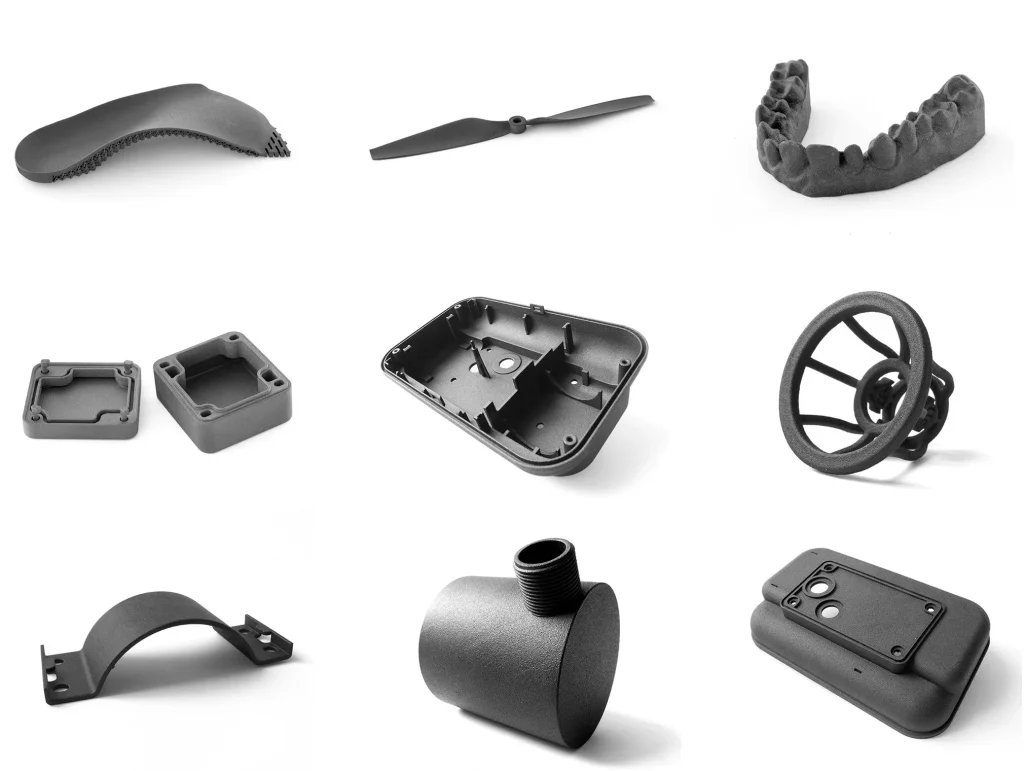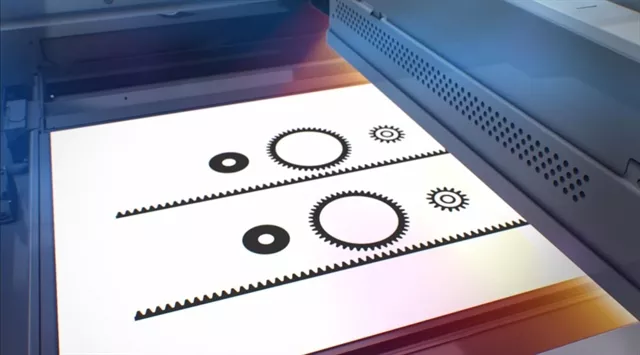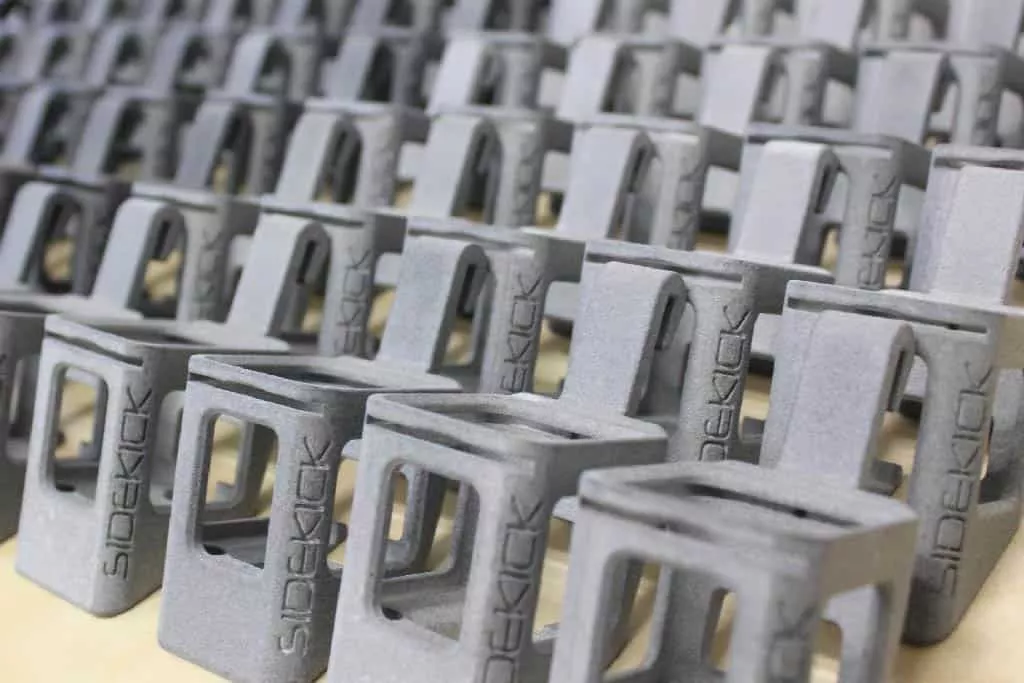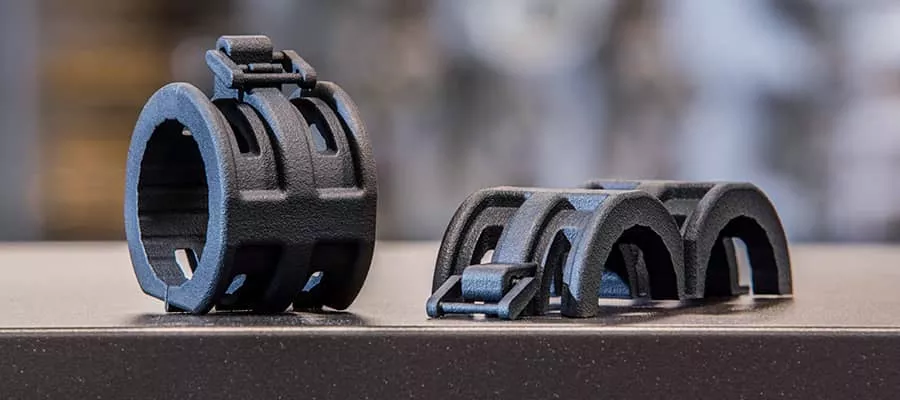- Capabilities
Additional Services
Solution
- IndustriesIndustry
Thousands of industry leaders are considering working with Anpllocnc
- Materials
- ResourcesResources
All you need to know about digital manufacturing
- Company
- ContactContact US
Contact the various departments of Anpllo to serve you











